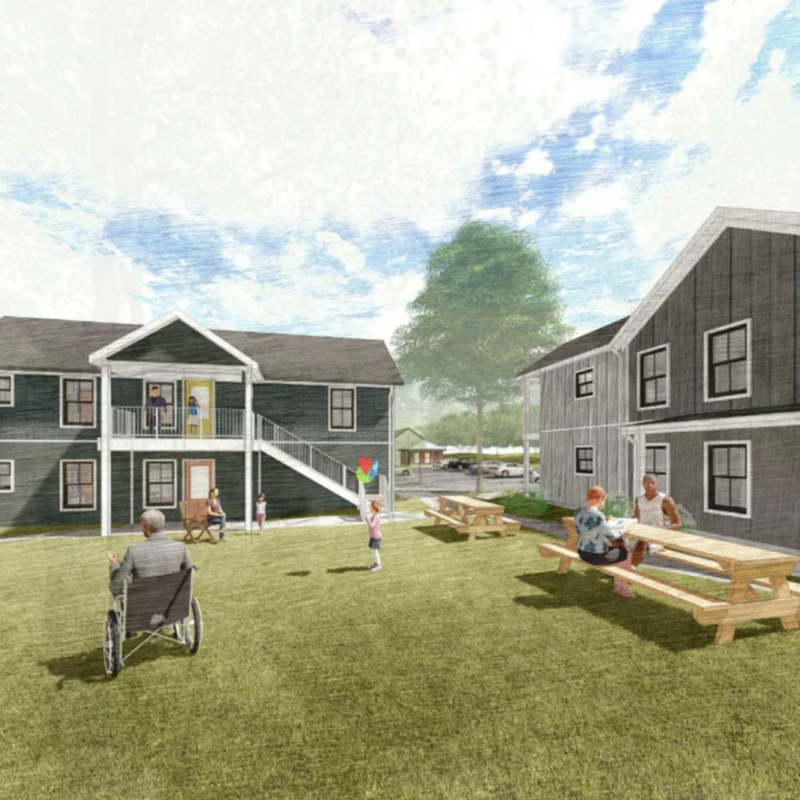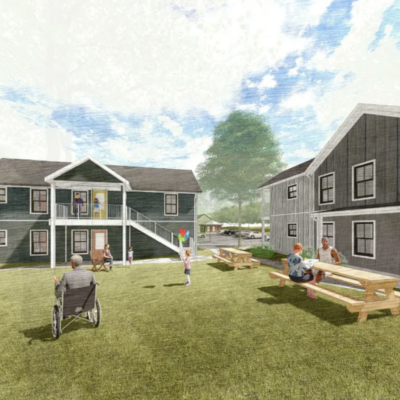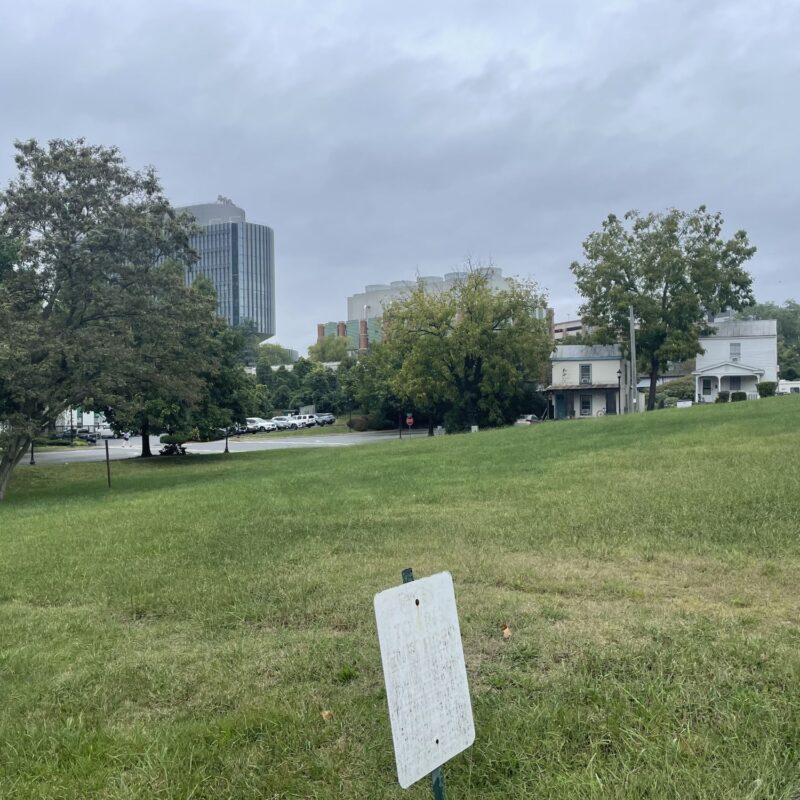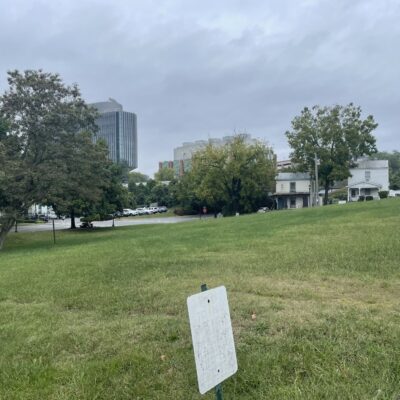By Marilyn Pribus –
Many people are coming to realize that expansive lawns and exotic gardens are expensive in terms of taking up big chunks of their free time. Then they must add the cost of higher water usage, pricey and environmentally unfriendly chemical fertilizers, pesticides and herbicides as well as care and fuel for lawn mowers, weed whackers, and leaf blowers.
Short of adopting a herd of goats, the answer lies in “beneficial landscaping,” or, planning a yard that is not only low maintenance but also kind to our environment.
Minimize Lawn Area
A very effective first step is to downsize your lawn. If you are landscaping from scratch, curtail the lawn area by developing vegetable, herb, and flower gardens to provide fresh blossoms for your table and the freshest food possible for your kitchen. If you already have a large yard, consider converting a section of existing lawn each year to groundcover or natural areas to save time and money down the road.
Attractive alternatives include the use of groundcovers, wooded glens, or rock gardens. If you already have a lawn, leave parts of it un-mown to grow naturally into a meadow where wildflowers will eventually appear.
In fact, studies show that maintaining a wildflower patch costs less than 10 percent of the same area of lawn so the slightly higher installation cost of soil preparation and buying flowers is quickly recovered.
To save time every spring, rely on plantings of perennials—shrubs and flowers that reappear year after year rather than having to be planted each new season. Popular examples are butterfly bushes, azaleas, rhododendrons, daffodils, lilies, bee balm, and black-eyed Susans.
Low-growing plants make nice ground cover, particularly varieties of thyme whose fragrant leaves can be used fresh or dried. The flowers are small, but the greenery is appealing.
Verbena comes in a number of shades and is also an excellent groundcover.
Pachysandra, which stays green all year, is another perennial favorite. While the blossoms are inconspicuous, once established, pachysandra is very hardy. You can easily start more plants by placing cuttings in water until they root, then planting in your yard. This is an excellent way to gradually reduce the size of your lawn.
Go Native
Enlist native plants wherever possible because unlike non-native varieties, they generally require less maintenance because they can fend for themselves. Already adapted to our climate, they are usually perennials—that is, they bloom years after year. They are also less susceptible to pests and require less water and fertilizer than purchased annuals.
The local chapter of the Virginia Native Plant Society has a useful website at vnps.org/jefferson. The site offers an online newsletter with information about meetings, field trips, and guided hikes. Their popular annual Native Plant Sale will be on Sunday, April 29, at 1 p.m. at the barn in the Ivy Creek Natural Area.
Albemarle County’s official website offers a searchable listing of suggested plants at: albemarle.org/nativeplants. You can also search for native trees, ferns, grasses, vines, and shrubs at several other regional county websites.
Each listing shows ease of growing, ultimate size, resistance to deer and groundhogs, color of foliage and blossoms, blooming season, and other characteristics.
More Time-Savers
Using rocks, stone, or gravel is another good way to reduce maintenance. A strip of gravel or crushed rock can both widen a driveway and narrow a lawn. One family created a “dry creek bed” in an area that was virtually impossible to mow and was subject to runoff and erosion.
A rock garden is an enhancement to any yard, especially on a hard-to-manage slope. Create shallow terraces and plant with drought-tolerant native perennials. In a few years, interesting lichens will appear on the rocks, the plants will be well rooted, and no watering will be needed except in a severe drought.
A mowing strip around your gardens will speed any remaining mowing you need to do. It can be made of poured concrete, bricks, or pavers.
Water features are another excellent way to personalize a yard and reduce lawn area without substantially increasing maintenance.
Fountains with recirculating pumps and small ponds are charming. Birdbaths come in a wide range of styles from a simple basin on a pedestal to an elegant setup with a heater in winter and a water dripper in summer. (The sound of the splashing water attracts birds.)
Add a feeder or two and you’ll attract lots of pest-snacking birds to help patrol your gardens and save you time and money dealing with pesticides. If you live near a wooded area, bring in the feeders at night so you won’t attract raccoons or bears.
Marigolds, garlic, and horseradish are known to repel pests, so adding these to your gardens is another good idea.
Spreading mulch on your plantings saves both water and your time weeding. Mulch comes in several colors and a once-a-year refreshing keeps your gardens looking nice.
A little planning now can save hours and money while protecting your yard, your community, and your planet.
Marilyn Pribus and her husband live in Albemarle County near Charlottesville. While their property is more than an acre, their lawn area is about the size of two ping-pong tables plus a strip along the road for driver visibility around a curve. The rest of the yard is woods, groundcover or wild meadow.





